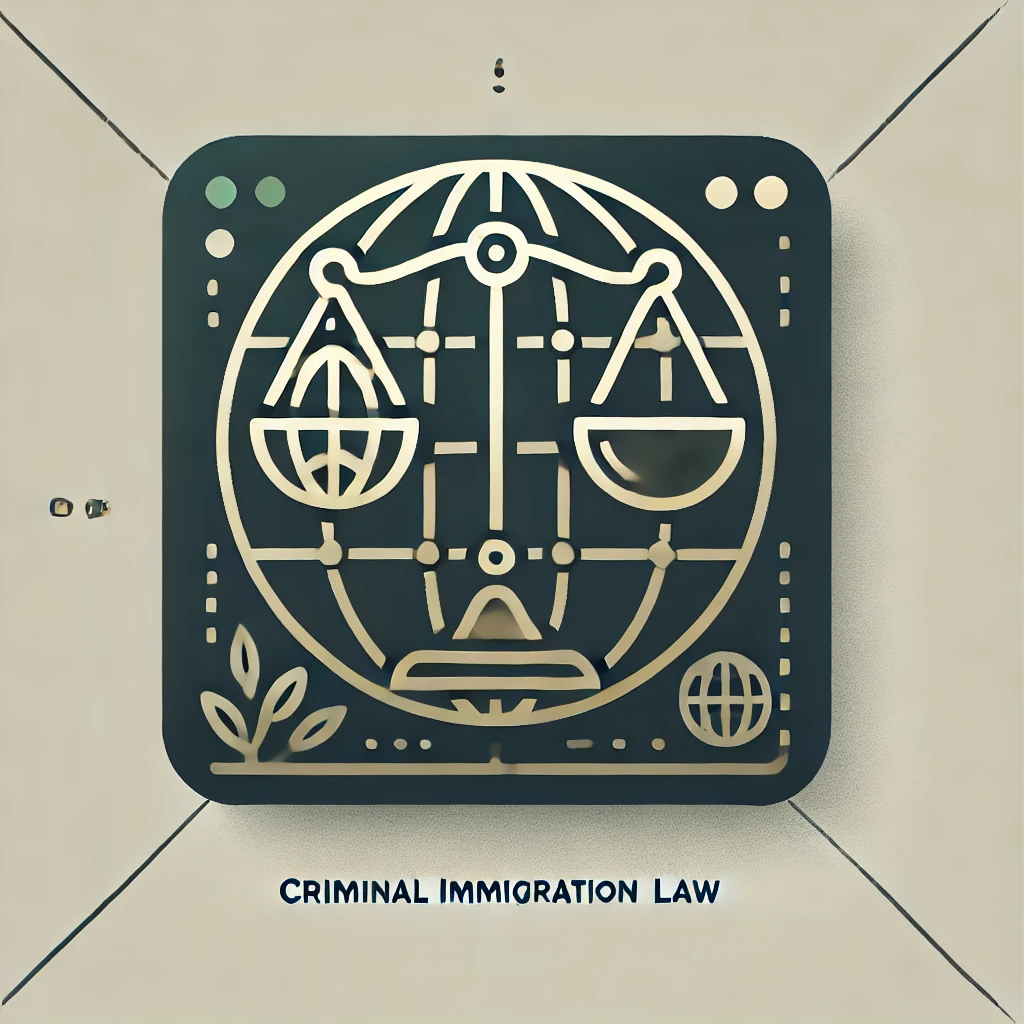Immigrants Criminal Records
Outline
- Introduction
- Importance of the topic
- Overview of immigrants and criminal records
- Understanding Immigrants and Immigration
- Definition of immigrants
- Types of immigration
- Criminal Records: An Overview
- Definition of a criminal record
- Types of crimes
- Immigrants and Crime Rates
- Statistical analysis
- Comparison with native-born citizens
- Legal Framework for Immigrants
- Immigration laws and policies
- Background checks and screenings
- Factors Influencing Immigrant Crime Rates
- Socioeconomic factors
- Cultural assimilation
- Employment opportunities
- Myths and Misconceptions
- Common stereotypes
- Debunking myths with facts
- Impact of Criminal Records on Immigrants
- Deportation and legal consequences
- Employment and housing challenges
- Case Studies
- Real-life examples
- Lessons learned
- Government and Community Programs
- Support programs for immigrants
- Rehabilitation and reintegration initiatives
- Media Influence
- Role of media in shaping public opinion
- Bias and misinformation
- Comparative Analysis
- Crime rates among different immigrant groups
- International perspectives
- Policy Recommendations
- Improving immigration policies
- Enhancing support systems
- Future Trends
- Predictions for immigrant crime rates
- Potential changes in policies and perceptions
- Conclusion
- Summary of key points
- Final thoughts
- FAQs
- What is the correlation between immigration and crime rates?
- How do criminal records affect immigrants’ legal status?
- What support is available for immigrants with criminal records?
- How accurate are the statistics on immigrants and crime?
- What can be done to improve the integration of immigrants?
Article
Introduction
Immigration is a hot-button issue that often brings with it a flurry of debates, particularly around the topic of criminal records among immigrants. This topic holds significant importance due to its implications on policy, public perception, and the lives of millions of individuals. In this article, we’ll delve into the nuances of immigrants’ criminal records, aiming to shed light on the facts and dispel common misconceptions.

Understanding Immigrants and Immigration
Definition of Immigrants
Immigrants are individuals who move from one country to another with the intention of residing there permanently or temporarily. This group includes a diverse array of people, from refugees fleeing conflict to professionals seeking better career opportunities.
Types of Immigration
Get free and fast advice via WhatsApp for any questions you have!
Contact Us on WhatsAppImmigration can be broadly classified into legal and illegal immigration. Legal immigrants enter a country through official channels, often with visas or residency permits, while illegal immigrants bypass these procedures, which can complicate their legal standing and access to services.
Criminal Records: An Overview
Definition of a Criminal Record
A criminal record is a documented history of an individual’s interactions with the criminal justice system. It includes arrests, convictions, and sometimes even charges that did not lead to convictions.
Types of Crimes
Crimes are generally categorized into misdemeanors and felonies. Misdemeanors are less severe offenses, like petty theft or vandalism, while felonies include more serious crimes such as murder, rape, and armed robbery.
Looking for in-depth legal counsel? Call us or visit our contact page to schedule a paid consultation.
Call Us Visit Our Contact PageImmigrants and Crime Rates
Statistical Analysis
Numerous studies have shown that immigrants are less likely to commit crimes than native-born citizens. For instance, a report from the National Academy of Sciences concluded that immigration is associated with lower crime rates.
Comparison with Native-Born Citizens
Contrary to popular belief, immigrants, especially undocumented ones, tend to have lower crime rates compared to their native-born counterparts. This can be attributed to the high stakes involved in committing crimes, which could result in deportation.
Legal Framework for Immigrants
Immigration Laws and Policies
Countries have various immigration laws that dictate who can enter, stay, and become a citizen. These laws also encompass the criminal background checks that potential immigrants must undergo.
Background Checks and Screenings
Before granting visas or residency, many countries perform extensive background checks. This process is designed to screen out individuals with serious criminal histories to protect national security and public safety.
Factors Influencing Immigrant Crime Rates
Socioeconomic Factors
Poverty, lack of education, and unemployment are significant contributors to crime rates among all demographics, including immigrants. Improving these conditions can reduce the likelihood of criminal activity.
Cultural Assimilation
The degree to which immigrants assimilate into their new culture can impact their likelihood of committing crimes. Those who successfully integrate are less likely to engage in criminal behavior.
Employment Opportunities
Access to stable employment can significantly reduce the propensity for crime. Immigrants who find good jobs are generally more focused on building a stable life than engaging in illegal activities.
Myths and Misconceptions
Common Stereotypes
One of the most pervasive stereotypes is that immigrants are more likely to commit crimes. This misconception is often fueled by selective media coverage and political rhetoric.
Debunking Myths with Facts
Statistics and studies consistently show that immigrants are less likely to commit crimes than the native-born population. Highlighting these facts is crucial in countering false narratives.
Impact of Criminal Records on Immigrants
Deportation and Legal Consequences
Immigrants with criminal records face severe legal consequences, including deportation. This can lead to family separation and significant disruptions in their lives.
Employment and Housing Challenges
A criminal record can make it extremely difficult for immigrants to find employment or housing, compounding their challenges and increasing their vulnerability.
Case Studies
Real-Life Examples
Consider the case of Jose, an immigrant who turned his life around after a minor criminal offense. With the help of community programs, he found stable employment and is now a contributing member of society.
Lessons Learned
These case studies highlight the importance of support systems in helping immigrants reintegrate into society and avoid recidivism.
Government and Community Programs
Support Programs for Immigrants
Many governments and NGOs offer programs aimed at helping immigrants with criminal records. These include job training, legal assistance, and counseling services.
Rehabilitation and Reintegration Initiatives
Programs focused on rehabilitation and reintegration are crucial in reducing recidivism among immigrants. These initiatives help individuals rebuild their lives and become productive members of society.
Media Influence
Role of Media in Shaping Public Opinion
Media plays a significant role in shaping public perception of immigrants and crime. Sensationalist reporting can create a skewed image that does not reflect reality.
Bias and Misinformation
Media bias and misinformation can perpetuate negative stereotypes and influence public opinion and policy in harmful ways.
Comparative Analysis
Crime Rates Among Different Immigrant Groups
Crime rates can vary significantly among different immigrant groups, influenced by factors such as country of origin, socioeconomic status, and cultural background.
International Perspectives
Looking at how different countries handle immigrant crime can provide valuable insights. For instance, Canada’s focus on integration and support has led to lower crime rates among immigrants.
Policy Recommendations
Improving Immigration Policies
Policies that focus on integration, support, and fair treatment of immigrants can help reduce crime rates. Ensuring that immigrants have access to education, employment, and social services is key.
Enhancing Support Systems
Strengthening support systems for immigrants, including legal aid, employment services, and community programs, can help address the root causes of crime.
Future Trends
Predictions for Immigrant Crime Rates
As policies evolve and support systems improve, the crime rates among immigrants are expected to continue to decline. However, ongoing efforts are needed to maintain this trend.
Potential Changes in Policies and Perceptions
Future policies may focus more on integration and support rather than punitive measures. Changing public perceptions through education and awareness campaigns will also be crucial.
Conclusion
In summary, the relationship between immigrants and crime is complex and often misunderstood. Immigrants generally commit fewer crimes than native-born citizens, and the factors influencing their crime rates are multifaceted. By addressing the root causes and improving support systems, we can help ensure that immigrants are successfully integrated into society, reducing the likelihood of criminal behavior.
FAQs
What is the correlation between immigration and crime rates?
Studies show that immigrants are less likely to commit crimes than native-born citizens. Various factors, including socioeconomic conditions and integration levels, influence this correlation.
How do criminal records affect immigrants’ legal status?
Criminal records can lead to severe consequences for immigrants, including deportation and difficulty obtaining legal residency or citizenship.
What support is available for immigrants with criminal records?
Various government and community programs offer support, including legal assistance, job training, and counseling services to help immigrants reintegrate into society.
How accurate are the statistics on immigrants and crime?
Statistics on immigrants and crime are generally accurate and consistently show lower crime rates among immigrants compared to native-born citizens.
What can be done to improve the integration of immigrants?
Improving integration involves providing access to education, employment, and social services, as well as promoting cultural assimilation and community support programs.
Get complimentary general advice via email or WhatsApp!
For more in-depth legal counsel, phone or office consultations are available for a flat fee for up to 40 minutes.
Contact Us on WhatsApp Visit Our Contact PageDynamic Letter Generator
“Support those who need it most.”
Create personalized support letters to help your loved ones navigate immigration, legal, or community challenges. Show their character, contributions, and positive impact on their community. Make a difference today!
Survey with Pie Chart
Share your opinion!
Select an option below to see how your response contributes to the overall results.
